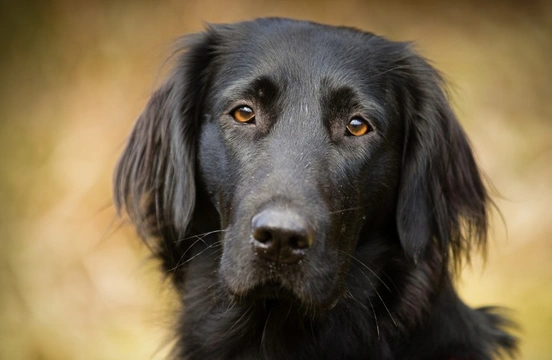
Lungworm in Dogs – How Worried Should We Be?
As things go Lungworm in dogs is a relatively new problem. Being first documented in France it did however quite quickly spread to other countries in Europe and has been a growing threat in this country for around twenty years now. As yet, in England most cases are reported in the south of the country, although recently some vets in the borders and North of England have noted a small handful of dogs presenting with the condition. Interestingly it should be noted, that with the increased rainfall we have seen over the past couple of years it is felt by some that it is only a matter of time before it becomes more prevalent in the North too.
But What Is Lungworm Exactly and How Do Dogs Contract It?
In brief Lungworm is a parasite, named Angiostrongylus Vasorum. Once contracted it moves through the body to live in the heart and blood vessels of the infected animal.In the main it is contracted by the ingestion of infected slugs and snails, or frogs – hence the proliferation of the disease in relation to climatic change – or to put it another and more succinct way.... yes... all those slimy slugs and snails and frogs just love slithering about in our uniquely beautiful, British (wet) weather!And some dogs will eat all manner of grubs quite happily whilst nosing about in the undergrowth.While others may eat infected matter by accident.
So what are the effects and symptoms of Lungworm?
Without doubt if left untreated Lungworm is a serious matter. At best it is highly debilitating to the animal at worst it results in death. Occasionally it can go undetected – many of the symptoms are similar to other more common ailments and they have a habit of varying somewhat from dog to dog. If you are in any doubt always consult a vet for a diagnosis. Your vet will carry out tests for you by examining the dogs’ faeces. It should be noted however that the lungworm is not present in every sample and so this may need to be carried out several times in order to fully confirm the condition.Symptoms may include:
- Coughing
- Reduced energy – resulting in a resistance to exercise/walking
- Breathing problems
- Excessive bleeding – if a minor injury is sustained it may be that dog will bleed much more than might normally be expected.
**Preventative Measures:**Much as we would like to protect our dogs from illness and falling foul of such conditions as this, short of locking them away in a cupboard, there is no real failsafe way to stop them from contracting this disease. We can reduce the instance or likelihood though by being aware.
- It is a good idea, for instance, to talk to your vet about this problem and to ask if there have been any reported case in your area from time to time.
- You can also try to keep your dog away from slugs and snails etc... if the weather has been extra wet then be aware that these pesky creatures will be out in force. If possible avoid walking in long grass and wooded areas where you cannot see exactly what your dog is up to.
This All Sounds Bad - How Worried Should I Be?
Lets way up the facts:
- Lungworm is a serious potential killer.
- The symptoms are not always decisive in diagnosing the disease – meaning it can be difficult to diagnose.
- Vets do not automatically check for this disease because it is not, as yet that widespread.
On the Other Hand:
- If you know your dog eats slugs and snails etc then you may have reasonable cause for concern.
- But there are good treatments readily available for the condition.
- If you have never seen your dog, eat these slippery customers, then while it is not impossible, it is significantly less likely your dog will contract lungworm.
The message then that we should take from this is an overall one. It is to be aware. Know the symptoms. And what you may do about them. And above all don’t panic or allow yourself to be panicked by what you read on the internet or anywhere else for that matter. Make the effort to inform yourself about your dog and in so doing make informed decisions on his/her behalf. It’s the greatest and safest gift you’ll ever give them.



